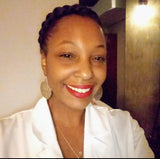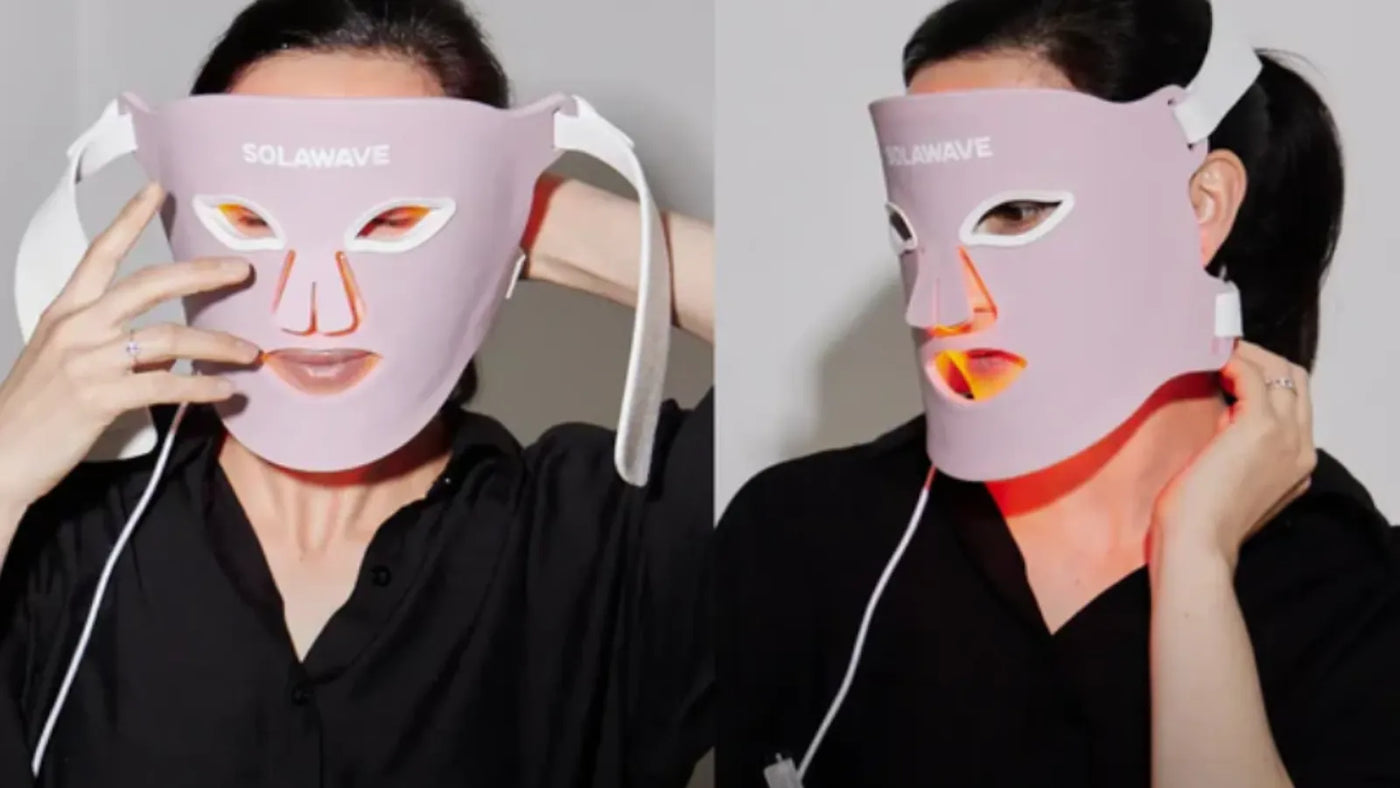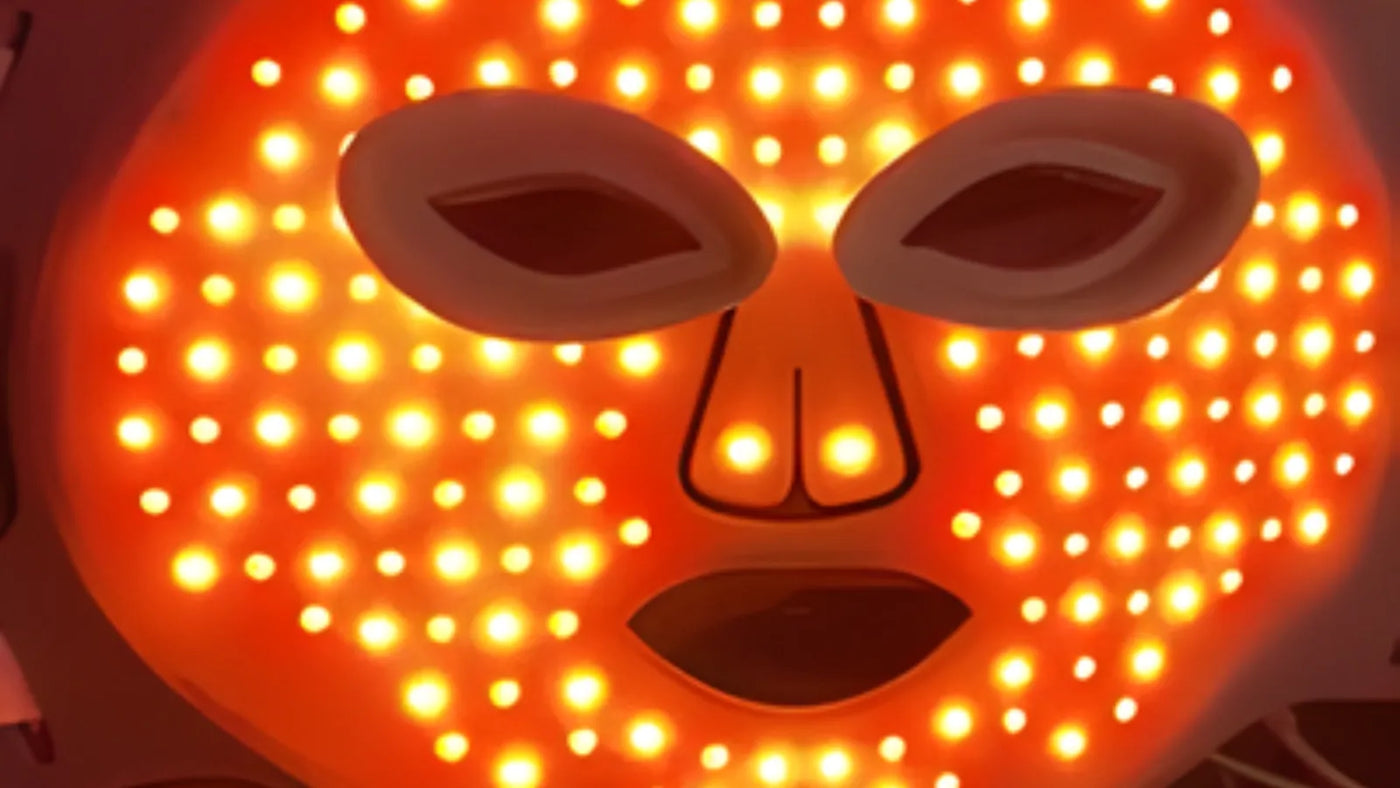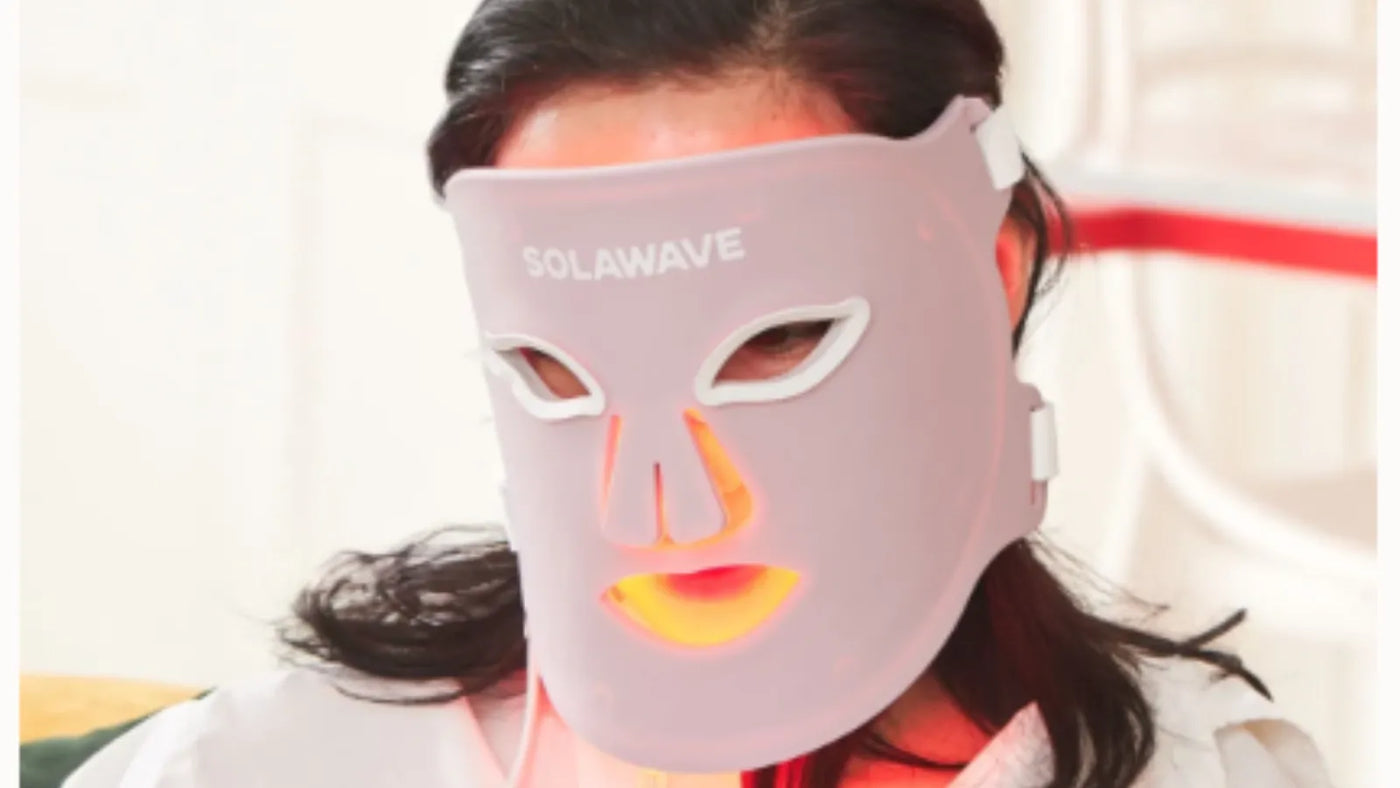

Can Blue Light Therapy Help Reduce the Appearance of Acne?
Dealing with stubborn pimples that just won’t seem to fade can be incredibly frustrating, especially when you’ve tried countless products and routines. With so many treatment options and mixed advice out there, it’s easy to feel overwhelmed about what might actually help. Blue Light Therapy for acne has become a popular topic, with many curious about whether it can truly make a difference for persistent breakouts and irritated skin. In this article, we’ll break down the science behind Blue Light Therapy, explore its benefits and possible side effects, compare it to other common treatments, and explain what you can expect from both at-home and professional sessions.
What Is Blue Light Therapy?
Blue Light Therapy, sometimes called phototherapy, uses specific wavelengths of blue light to target common skin concerns, especially pimples. This gentle, non-invasive treatment shines blue light onto your skin, reaching the areas where zits tend to pop up. Unlike some treatments that rely on heat, Blue Light Therapy feels pretty comfortable for most people. While it used to be something you’d only find at a dermatologist’s office, new technology means you can now try it at home with easy-to-use devices. And just to clear up any confusion: the blue light used in therapy isn’t the same as the blue light from your phone or computer screen. That kind of light can tire out your eyes, but it doesn’t offer the same skin benefits.
What Are the Benefits of Blue Light Therapy for Skin?
-
Reduced Acne Inflammation: Blue Light Therapy can help soothe acne-related inflammation, helping decrease redness and swelling around pimples.
-
Minimized Pores: Consistent treatments can help reduce the look of enlarged pores, promoting smoother skin texture.
-
Improved Skin Tone: By minimizing inflammation, Blue Light Therapy can help contribute to a more even and brighter-looking complexion.
-
Reduced Oil Production: It can help regulate sebaceous glands, cutting down on excess oil that can clog pores.
-
Non-Invasive Treatment: Unlike harsh treatments, Blue Light Therapy is a gentle alternative with minimal downtime.
Can Blue Light Therapy Help Reduce the Appearance of Acne?
Yes, Blue Light Therapy can be effective in visibly reducing acne. It works particularly well on inflammatory types of acne, such as pustules and papules, by targeting bacteria that contribute to these issues. While it may not eliminate acne entirely for everyone, consistent use can help to significantly reduce the severity and frequency of pimples. Results typically become more noticeable over several weeks and can be enhanced by combining Blue Light Therapy with other acne treatments. This non-invasive solution is ideal for those seeking to manage breakouts while avoiding harsher methods.
How Does Blue Light Therapy Target Acne-Causing Bacteria?
Blue Light Therapy specifically targets Cutibacterium acnes, the bacteria known to contribute to acne development. These bacteria contain compounds called porphyrins, which produce oxygen radicals when exposed to blue light wavelengths (generally 405-420nm). These radicals are harmful to the bacteria, effectively reducing their presence on the skin. By managing bacterial overgrowth, Blue Light Therapy can help control inflammation and prevent pimples. Unlike antibiotics, this approach avoids resistance issues, making it a sustainable long-term option. However, consistency in treatment is essential to maintain results and curb flare-ups.
Are There Potential Side Effects When Using Blue Light Therapy for Acne?
Blue Light Therapy is considered a gentle and safe option for most people, but like any skin care treatment, it can come with a few mild side effects. Here’s what you might experience:
-
Slight redness or dryness, which usually fades within a few hours or days
-
Minor irritation, especially if you have sensitive skin
-
Rarely, increased sensitivity to light (photosensitivity), which is why protective eyewear is recommended during treatment
-
Discomfort can be minimized by following the instructions for your device or professional session
If you have sensitive skin or any underlying skin concerns, it’s a good idea to check with a dermatologist before starting Blue Light Therapy.
How Does Blue Light Therapy Compare to Other Acne Treatments?
Blue Light Therapy offers a distinct alternative to traditional acne treatments. Unlike topical solutions such as benzoyl peroxide or retinoids, which chemically act on the skin, Blue Light Therapy uses light energy to address acne-causing bacteria. Unlike oral antibiotics, it avoids systemic side effects and the risk of antibiotic resistance. It’s also gentler and less invasive than procedures like chemical peels or microdermabrasion. While it may require more time to achieve noticeable results compared to some medications, Blue Light Therapy is an excellent option for mild to moderate acne or as a supplementary treatment to boost the effectiveness of other methods.
Can You Effectively Use Blue Light Therapy for Acne at Home?
Using Blue Light Therapy at Home: Meet the Bye Acne Pro Kit
Blue Light Therapy can absolutely be part of your at-home skincare routine, especially with innovative options like the Solawave Bye Acne Pro Kit. This FDA-cleared, award-winning device is designed for anyone looking to target pimples quickly and gently, right from the comfort of home.
What Makes the Bye Acne Pro Kit Stand Out?
-
Dual Light Technology: The Bye Acne device combines Blue Light Therapy (415nm) to help eliminate acne-causing bacteria and reduce sebum, with Deep Red Light Therapy (630nm) to visibly reduce inflammation and redness.
-
Fast, Targeted Treatments: Each spot treatment takes just three minutes. Simply place the device over clean, dry skin where you have a pimple, turn it on, and let it work until it shuts off automatically.
-
Gentle & Non-Invasive: The treatment is pain-free and doesn’t rely on harsh ingredients, making it a great option for sensitive or easily irritated skin.
-
Portable & Easy to Use: The device is lightweight, rechargeable, and perfect for travel or on-the-go touch-ups.
-
Serum-Infused Microdart Patches: After using the device, follow up with the included hydrocolloid patches. These patches are infused with ingredients like niacinamide, green tea, and gotu kola to help calm, soothe, and visibly even out skin tone while absorbing impurities.
How to Use the Bye Acne Pro Kit
-
Treat with Light Therapy: On clean, dry skin, place the Bye Acne device directly over the pimple and turn it on. Hold in place for the full three-minute cycle.
-
Soothe with Microdart Patch: After the light therapy, apply a patch to the treated area, pressing firmly for about 20 seconds. Leave it on for at least four hours or overnight for best results.
Real Results, Real Convenience
Many users notice visible improvements in their skin after just a few sessions, especially when used consistently as part of a regular skincare routine. The Bye Acne Pro Kit is designed for mild-to-moderate acne and can also help fade the look of post-acne marks.
Does Blue Light Therapy Work for All Types of Acne?
A systematic review shows that Blue Light Therapy is most effective for mild to moderate inflammatory acne, such as pustules and papules, as it targets bacteria. While it noticeably reduces the appearance of these acne types, it’s less effective on non-inflammatory acne like blackheads and whiteheads, which result from clogged pores rather than bacterial growth. Severe acne, including cystic forms, may require complementary treatments alongside Blue Light Therapy for optimal results. Knowing your skin type and acne severity can help determine whether this approach is right for you.
What Do Dermatologists Say About Blue Light Therapy for Acne?
Understand Device Variations
Dermatologists note that the effectiveness of Blue Light Therapy varies based on the device. Professional-grade tools provide higher-intensity treatments and faster results, while at-home devices may require consistent use over time to achieve similar outcomes. It’s important to select FDA-cleared devices to ensure safety and efficacy.
Importance of Realistic Expectations
Experts emphasize setting realistic goals for Blue Light Therapy. While it’s a valuable part of an acne management plan due to its dermatology benefits, it usually requires weeks or months of consistent use to see visible improvements. Patience and regular sessions are critical for success.
Combining with Other Treatments Improves Outcomes
Dermatologists often recommend pairing Blue Light Therapy with other proven acne treatments, such as topical retinoids, benzoyl peroxide, or photodynamic therapy. This comprehensive approach addresses multiple causes of acne, leading to improved results and better control over breakouts.
Assess Skin Type and Severity of Acne
Before recommending Blue Light Therapy, dermatologists assess individual skin types and acne severity. This evaluation ensures the treatment is suitable and helps prevent potential issues, especially for those with sensitive skin or preexisting conditions.
Proper Pre- and Post-Treatment Care Is Essential
Following dermatologist-recommended skincare routines for preparation and aftercare can significantly enhance Blue Light Therapy results. Gentle cleansing, moisturizing, and diligent sunscreen use are crucial to improving outcomes while minimizing side effects like sensitivity to sunlight.
Ready to take control of stubborn pimples with a gentle, effective solution? Try the Solawave Bye Acne Pro Kit. This award-winning device combines Blue and Red Light Therapy with serum-infused Microdart Patches to help visibly reduce acne and soothe your skin in just minutes a day.
Sources:
-
Blue Light Therapy: Mechanisms and Applications in Dermatology | National Institutes of Health (NIH)
-
Light-Based Therapies for Acne Vulgaris | National Institutes of Health (NIH)
-
Phototherapy With Blue (415 nm) and Red (630 nm) Light in the Treatment of Acne Vulgaris | PubMed
-
A Review of Light-Based Therapies for Acne Vulgaris | National Institutes of Health (NIH)






















